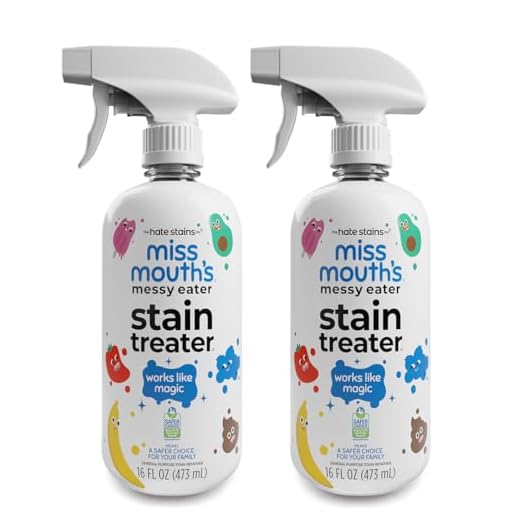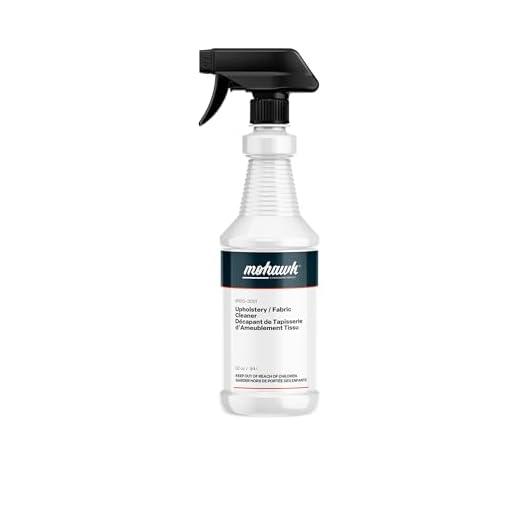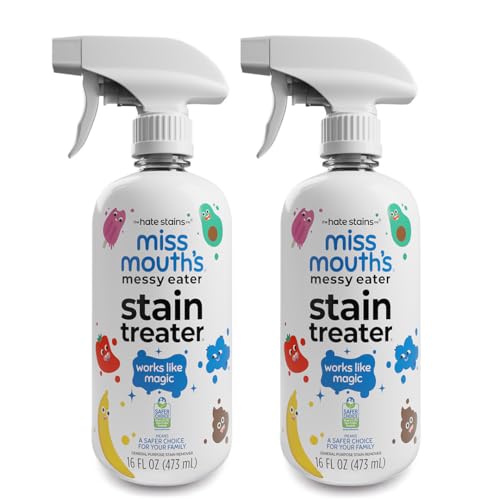



Act quickly! Blot the affected area with a clean cloth to absorb as much of the liquid as possible. Avoid rubbing, as this can spread the stain further into the fibers.
Next, apply cold water directly to the stain. This helps to dilute the pigment. If the fabric is machine washable, consider treating it with a stain remover specifically designed for tough marks. Always follow the manufacturer’s instructions on the product.
For delicate materials, a mixture of white vinegar and dish soap can work wonders. Combine one part vinegar with two parts water and gently dab the solution onto the stain. Rinse with cold water and repeat as necessary.
If the mark persists, consider seeking professional cleaning services, especially for high-end garments. Stains can be tricky, and sometimes expert intervention is the best course of action.
Removing Stains from Fabric
First, blot the affected area gently with a clean white cloth or paper towel to absorb excess liquid. Avoid rubbing, as this can spread the pigment further into the fibers. Next, sprinkle salt or baking soda onto the stain. These substances can help absorb the liquid and prevent it from setting. Allow it to sit for about 10 minutes before shaking off the excess.
Homemade Solutions
Create a mixture of equal parts hydrogen peroxide and dish soap. Apply this solution directly to the marked spot and let it sit for 30 minutes. Rinse with cold water and repeat if necessary. For delicate fabrics, consider testing any solution on a hidden area first.
Professional Cleaning
If the stain persists, consult a professional cleaner specializing in garment care. Provide them with specific details about the fabric and the type of stain for the best results. This approach can often yield superior outcomes, especially for high-end or intricate pieces.
Immediate Steps to Take After the Spill
Blot the affected area using a clean, dry cloth or paper towel. This step helps absorb excess liquid without pushing it deeper into the fibers. Avoid rubbing, as it can spread the stain.
Next, sprinkle salt or baking soda directly onto the stain. Both substances act as absorbents, drawing out the liquid. Allow it to sit for several minutes before gently brushing it off.
Afterward, rinse the fabric under cold running water from the backside of the stain. This technique helps to push the pigment out rather than through the fabric.
If available, apply a small amount of club soda to the area. The carbonation can aid in lifting the discoloration. Blot again with a clean cloth after a few minutes.
For persistent marks, consider using a stain remover pen or a mixture of dish soap and hydrogen peroxide. Test any solution on a hidden area to check for colorfastness before proceeding.
Finally, launder the garment as per the care label instructions. Avoid using hot water or drying until the stain is completely gone, as heat can set the stain.
Choosing the Right Cleaning Solution
For effective stain removal, select a cleaning agent based on fabric type and stain severity. For delicate materials like silk or chiffon, opt for a mild solution such as diluted dish soap or a specialty fabric cleaner. Always test on an inconspicuous area first.
If the fabric is sturdier, a mixture of hydrogen peroxide and dish soap can work wonders. Combine one part hydrogen peroxide with two parts liquid soap, apply it gently to the stained area, and let it sit for a few minutes before rinsing.
Commercial stain removers can also be beneficial. Look for products specifically designed to combat tannin-based stains. Ensure the solution is safe for your fabric by checking the label.
In cases of older or stubborn stains, a paste made from baking soda and water can assist. Apply it directly to the area, allow it to dry, and then brush off the residue before laundering.
Always follow the care instructions on the garment label to avoid damage. If uncertain, consulting a professional cleaner is advisable for expert guidance.
Techniques for Blotting the Stain
Blot the affected area gently using a clean, dry cloth or paper towel. Avoid rubbing, as this can spread the discoloration further. Instead, press the cloth onto the fabric to absorb as much liquid as possible. Change the cloth frequently to prevent reapplying the stain.
Utilize Cold Water
If the material allows, dampen a cloth with cold water and continue blotting. The cold temperature can help lift the pigment from the fibers more effectively. Always ensure that the cloth is not dripping wet; it should be just damp enough to aid in the lifting process.
Salt Application
After blotting, consider covering the stain with table salt. The salt will absorb moisture and can draw out some of the color. Leave it on for several minutes before gently brushing it off, then proceed with the next cleaning solution.
For delicate fabrics, it’s wise to test any method on a hidden area first to ensure no damage occurs. This careful approach can prevent further complications while addressing the stain.
When to Seek Professional Cleaning Help
Consult a specialist if home remedies fail to remove the stain after initial treatment. Experienced cleaners possess advanced techniques and solutions that can effectively tackle stubborn blemishes without damaging delicate fabrics.
If the fabric is made of silk, velvet, or any other sensitive material, it’s advisable to seek professional assistance immediately. These materials require specific care to prevent further damage.
Indicators for Professional Help
Notice if the stain has set in, particularly after several hours. A professional can assess the situation more thoroughly and employ methods that are not available for home use.
In cases where the garment holds significant sentimental or monetary value, investing in professional cleaning is wise. This minimizes the risk of permanent damage and ensures the highest chance of restoration.
Finding the Right Cleaner
Look for a cleaner with experience in handling delicate fabrics and stain removal. Reading reviews and seeking recommendations can guide you to a reputable service. Always communicate the nature of the stain and the fabric type to ensure they use the right approach.
For those involved in audio recording, consider checking out the best audio recorder for dslr cameras for high-quality sound during your next event, as spills can often occur in dynamic environments.
Preventative Measures for Future Incidents
Maintain a safe distance from potential spills during gatherings. Position yourself away from areas where drinks are likely to be consumed. Choose a designated area for serving beverages, minimizing risk to your attire.
Fabric Choices
Select clothing made from stain-resistant materials. Fabrics treated with protective coatings can repel liquids, offering greater defense against accidental spills.
Stain-Repellent Sprays
- Apply a stain-repellent spray before wearing delicate garments. This additional layer of protection can significantly reduce stain absorption.
- Reapply periodically, especially after washing, to maintain effectiveness.
Consider layering with a stylish shawl or wrap. This not only enhances your outfit but also provides an extra barrier against potential stains.
Mindful Drinking
Practice careful sipping. Hold glasses away from your body and avoid overfilling. Encourage guests to do the same to minimize spill risks.
Immediate Cleanup Supplies
- Keep a small stain removal kit handy during events. Include blotting paper, a portable stain remover, and a clean cloth.
- Educate friends and family on immediate response techniques, ensuring quick action if an incident occurs.
Regularly inspect and treat any stains on your clothing immediately after a spill. This proactive approach can save garments from permanent damage.
FAQ:
What are the best methods to remove red wine stains from a dress?
There are several effective methods to tackle red wine stains on a dress. One popular approach is to use salt. Sprinkle salt on the stain immediately; it helps absorb the wine. After a few minutes, gently brush off the salt and rinse with cold water. Another method involves using white wine or club soda. Pour a small amount of white wine over the red stain, which can neutralize the color, then blot with a clean cloth. For tougher stains, a mixture of hydrogen peroxide and dish soap can be applied. Mix equal parts of both, apply to the stain, let it sit for about 30 minutes, and then rinse with cold water. Always remember to test any cleaning solution on a hidden area of the fabric first to avoid damage.
Is it advisable to use hot water when trying to remove a red wine stain?
No, it is not advisable to use hot water on a red wine stain. Hot water can set the stain, making it much more difficult to remove. Instead, always use cold water when rinsing the fabric. Cold water helps to lift the stain without embedding it into the fibers. If the dress is washable, gently blot the stain with cold water as soon as possible, and avoid rubbing it, which can spread the stain further. For non-washable fabrics, consider taking the dress to a professional cleaner who can treat the stain appropriately without risking damage.







